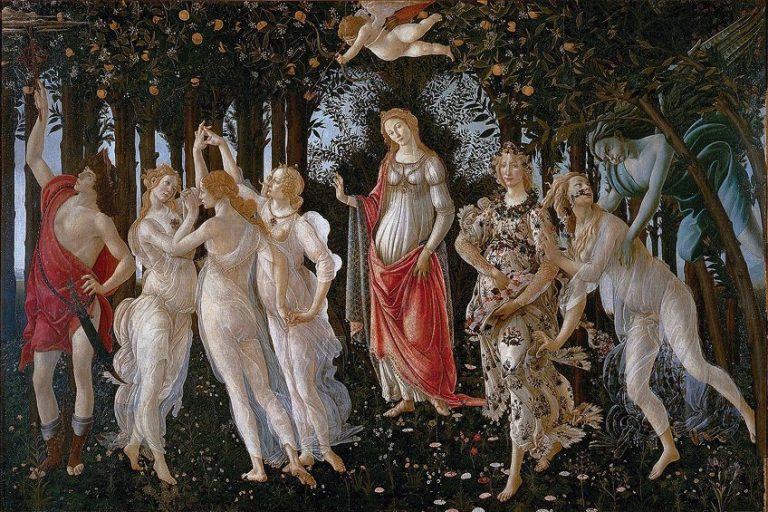Transgender Art – Experiencing Gender Through Trans Art
In recent years, there has been a growing recognition of the importance of transgender art in the wider art world. Many museums and galleries have begun to exhibit the work of transgender artists, and there has been a growing interest in the ways in which transgender art can challenge traditional notions of art and identity. In this article, we will discuss the connection between Queer theory and Trans art, as well as look at famous examples of transgender paintings and other art forms.
The Repression of Gender Gave Birth to an Art Revolution
The exclusionary nature of the Western art world when it comes to transgender art is a topic of critical importance in the field of art history. Despite the growing visibility and acceptance of transgender individuals in society, the art world has been slow to embrace and represent the experiences of transgender artists. Historically, the Western art world has been dominated by cisgender artists, with little space or visibility for transgender artists to showcase their work. The art world’s narrow definition of gender has resulted in the erasure of transgender individuals and their experiences from the canon of art history, perpetuating a cycle of exclusion and marginalization.
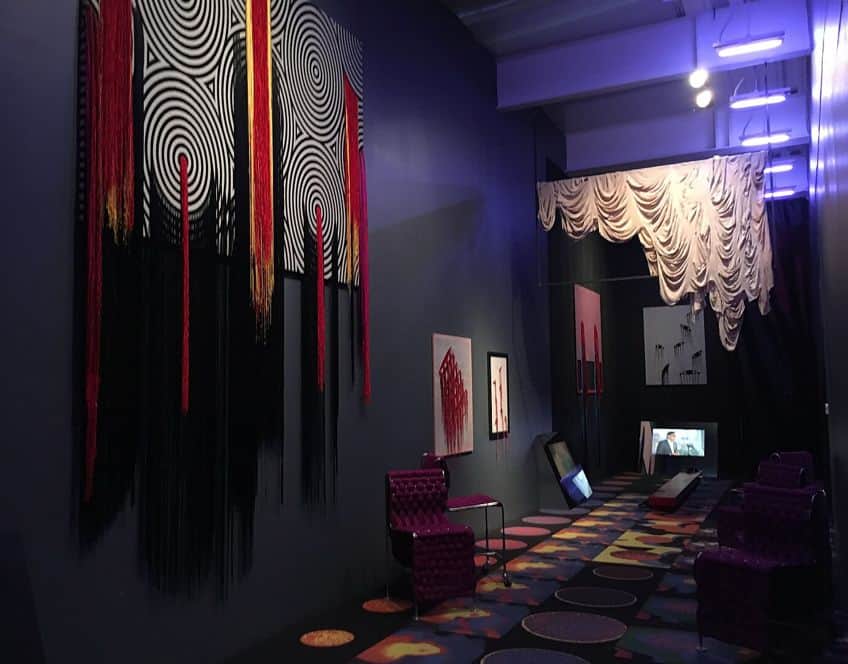
Even in contemporary art, there remains a lack of visibility and representation for transgender artists, with only a handful of museums and galleries actively seeking out and exhibiting transgender art. This exclusionary nature has a profound impact on the art world’s ability to reflect the diverse experiences and perspectives of contemporary society, perpetuating a narrow and limited view of the world. Moreover, the Western art world’s exclusionary practices are deeply intertwined with broader systems of power and privilege, including racism, sexism, and ableism. The ways in which transgender individuals are excluded from the art world reflect broader societal inequalities, perpetuating a cycle of marginalization and oppression.
Understanding Queer Theory When Talking About Transgender Art
Queer theory and transgender art are closely linked, as both are concerned with the ways in which gender and sexuality are constructed and expressed in culture. Queer theory emerged in the late 20th century as a field of study that aimed to challenge traditional ideas about gender and sexuality in order to examine the ways in which social norms and power structures influence the formation and expression of sexual and gender identities.
Transgender art or Trans art, on the other hand, is a form of art that is created by and about transgender people, and that often seeks to challenge the norms and stereotypes that surround transgender identity. Let us take a closer look at what binds these viewpoints.
Fluidity
At the heart of both queer theory and transgender art is a rejection of the idea of fixed, essential identities. Queer theory emphasizes the fluidity and multiplicity of identity and seeks to challenge the notion that there are fixed categories of “male” and “female” that are determined by biology. Transgender art, similarly, often seeks to disrupt traditional gender norms and explore the methods in which gender is produced and performed.
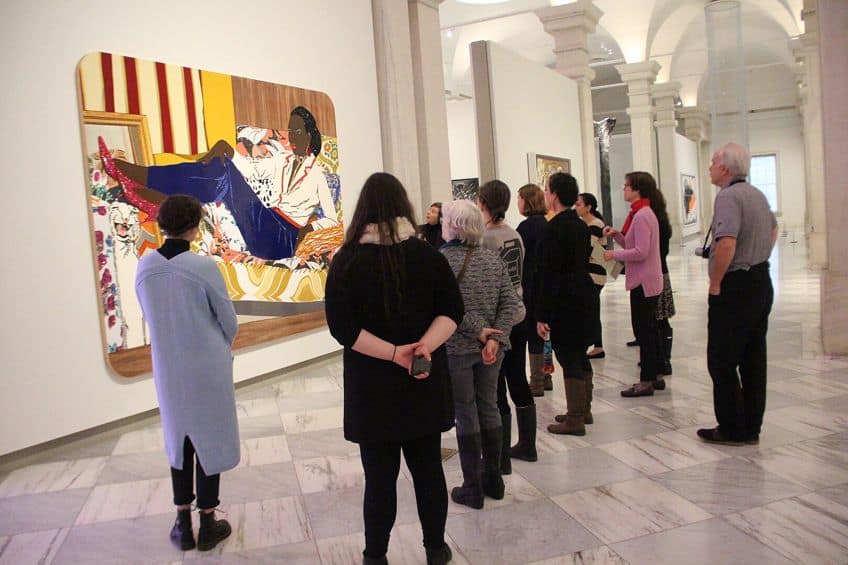
Representation
Both queer theory and transgender art also emphasize the importance of representation. Queer theory has highlighted the ways in which representation shapes our understanding of sexuality and gender, and has emphasized the need for greater representation and visibility for LGBTQ+ communities in art and culture.
Transgender art, similarly, seeks to provide a space for transgender people to tell their own stories, and to challenge the limited and often stereotypical representations of transgender people in mainstream culture.
Why Is Queer Theory Important in Understanding Trans Art?
In recent years, queer theory has had a deep influence on the art world. It has challenged traditional ideas about the role of art and artists in society and has opened up new possibilities for the creation and interpretation of art.

Highlighting Repression Through Art
Another way in which queer theory has impacted the art world is by highlighting the role of power and oppression in the formation of sexual and gender identities. Queer theory has challenged the idea that sexuality and gender are natural, innate aspects of an individual’s identity, and has instead emphasized the ways in which social norms and power structures influence the expression and experience of sexuality and gender.
This has led many artists to explore the ways in which oppression and marginalization affect LGBTQ+ communities, and to use their work as a means of resistance and liberation.
Questioning Fixed Identity
One of the key ways in which queer theory has influenced the art world is by questioning the notion of a fixed, essential identity. Queer theory emphasizes the fluidity and multiplicity of identity, and this has been reflected in the work of many contemporary artists. For example, artists such as Cindy Sherman and Yasumasa Morimura have used photography and performance art to explore the ways in which identity is constructed and represented in contemporary culture.
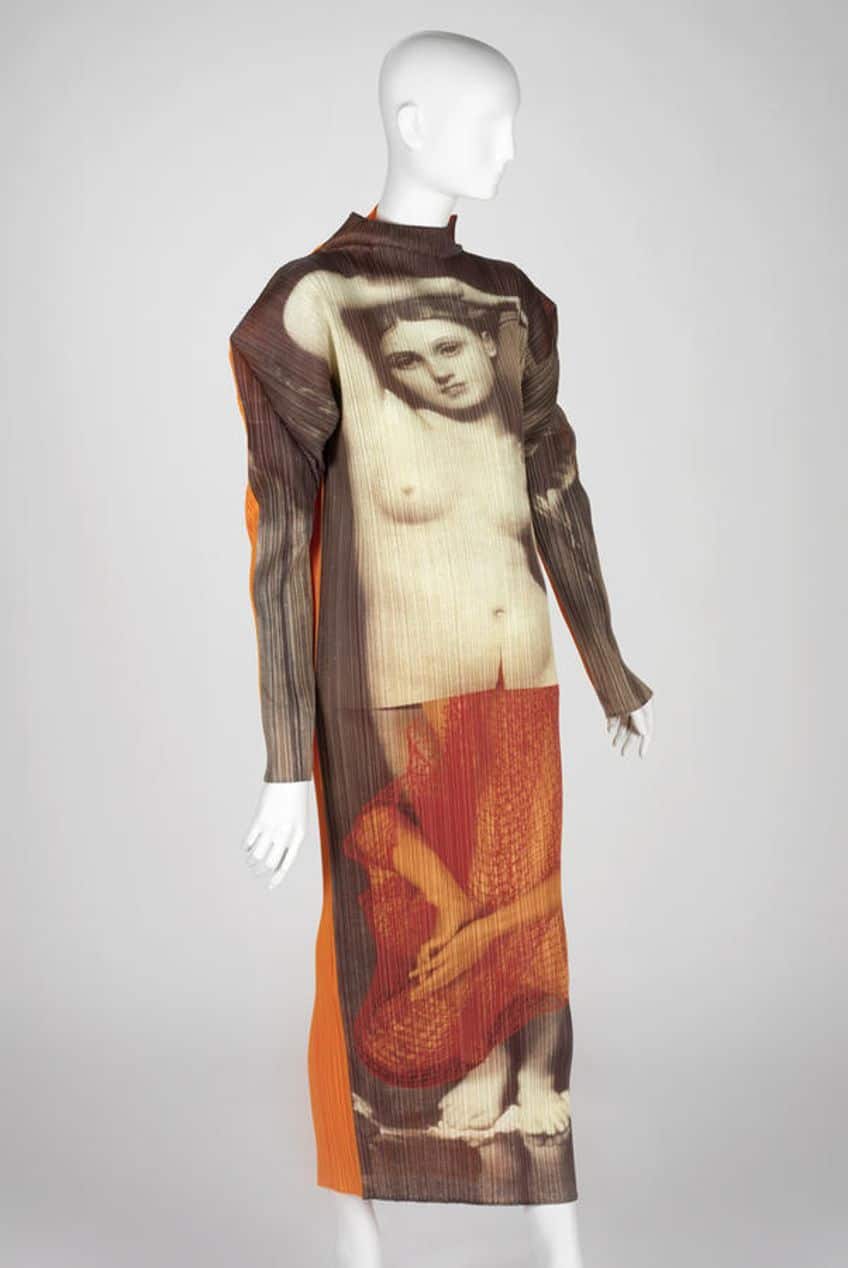
Visibility Through Art
One of the most significant contributions of queer theory to the art world has been its emphasis on the importance of representation. Queer theory has highlighted the ways in which representation shapes our understanding of sexuality and gender, and has emphasized the need for greater representation and visibility for LGBTQ+ communities in art and culture.
This has led to the emergence of a rich and diverse range of queer art, from the political activism of the AIDS era to the more celebratory and playful work of contemporary artists such as Zanele Muholi and Mickalene Thomas.
Popular Examples of Transgender Paintings and Photographs
Transgender art is a powerful form of expression that has the potential to challenge and disrupt traditional gender ideals, as well as to provide a space for transgender individuals to tell their own stories. In this section, we will explore a couple famous paintings that explore themes of transgender identity.
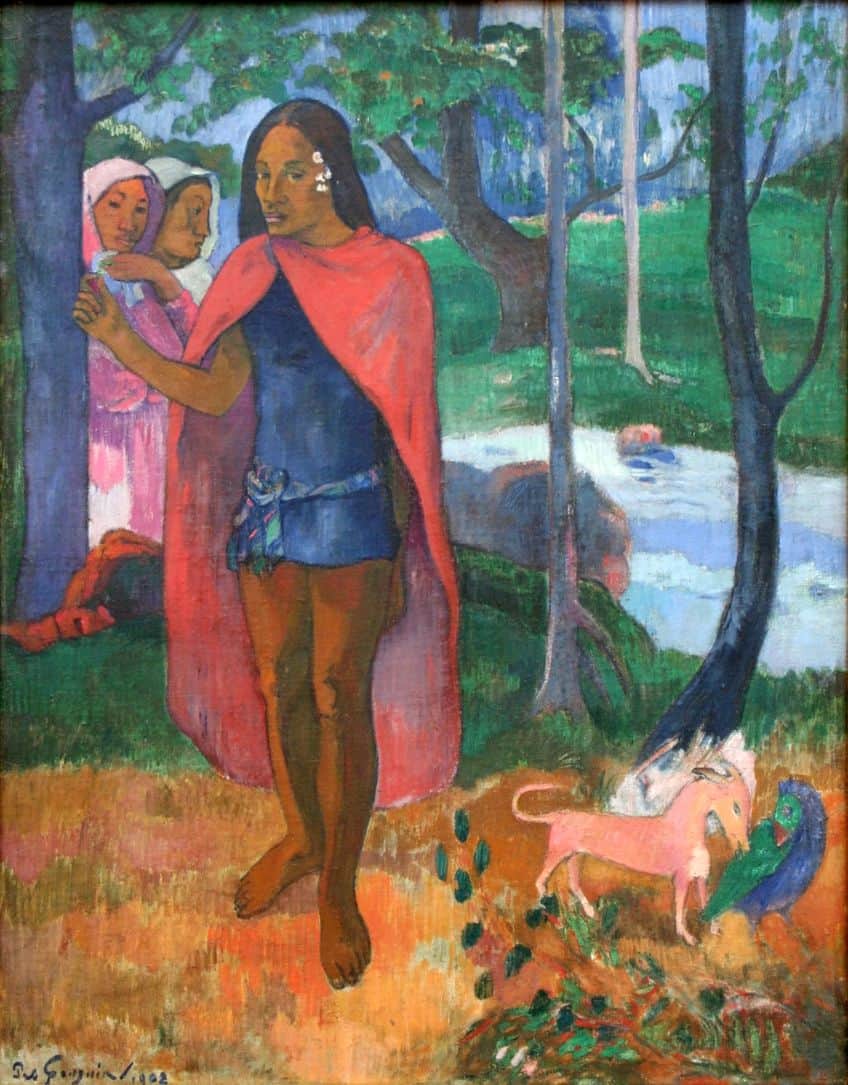
Self-Portrait (1932) by Claude Cahun
| Artist | Claude Cahun (1894 – 1954) |
| Date of Artwork | 1932 |
| Medium | Photograph, gelatin silver print on paper |
| Dimensions (cm) | 20,4 × 15 |
| Where It Is Located | Tate Modern, London, United Kingdom |
Claude Cahun was a French artist who is best known for their self-portrait photographs, which often explored themes of gender and identity. This particular painting, Self-Portrait, depicts the artist in a suit and tie, with short hair and a stern expression. The androgynous appearance of the figure challenges traditional gender norms, and suggests a rejection of binary gender categories.
The stark, black-and-white palette further emphasizes the artist’s uncompromising and defiant stance.

Self-Portrait as a Tehuana (1940) by Frida Kahlo
| Artist | Frida Kahlo (1907 – 1954) |
| Date of Artwork | 1940 |
| Medium | Oil on masonite |
| Dimensions (cm) | 75.9 x 61 |
| Where It Is Located | The Jacques and Natasha Gelman Collection of 20th Century Mexican Art, New York, United States |
Frida Kahlo is another artist who often explored themes of gender and identity in her work. This self-portrait, which depicts Kahlo dressed in traditional Tehuana clothing, is a powerful expression of her Mexican heritage and her rejection of Western gender norms. The figure’s facial hair, combined with the delicate and ornate clothing, challenges traditional ideas of femininity and suggests a more fluid and expansive understanding of gender.
David Bourdon And Gregory Battcock (1970) by Alice Neel
| Artist | Alice Neel (1900 – 1984) |
| Date of Artwork | 1970 |
| Medium | Oil on canvas |
| Dimensions (cm) | 151.8 × 142.2 |
| Where It Is Located | Blanton Museum of Art, The University of Texas at Austin, United States |
This artwork depicts two men sitting, one dressed in formal attire and the other wearing only underwear. Both men appear to be gazing into the distance with a lack of interest. Interestingly, the painting is actually a portrait of a gay couple who are openly expressive about their sexuality. Neel, who specialized in portraiture, was able to highlight features that were often overlooked and captured them in her painting. Overall, this paintings offer a powerful expression of transgender identity, challenging traditional gender norms and celebrating the complexity and diversity of gender and identity.
They demonstrate the potential of art to serve as a platform for marginalized communities to tell their own stories and to challenge stereotypes and stigma, and offer a powerful reminder of the transformative power of art.
Queering Gender (1996 – 2011) by Del LaGrace Volcano
| Artist | Del LaGrace Volcano (1957 – Present) |
| Date of Artwork | 1996 – 2011 |
| Medium | Photograph series |
| Dimensions (cm) | Various sizes |
| Where It Is Located | N/A |
Del LaGrace Volcano is a self-described “gender variant visual artist” who has created a powerful body of work exploring themes of gender and identity. Queering Gender is a portrait series that show a diverse group of individuals in various stages of transitioning to a different gender. These androgynous figures, who appear both powerful and vulnerable, show the unique and personal identification with gender.
Performing Gender
Performance art has long been a medium used to challenge societal norms and explore questions of gender identity and fluidity. Through performance, artists can actively engage with their audience and create an immersive experience that challenges traditional notions of gender roles and expectations.
In this section of the article, we will explore the role of performativity in gender and why artists have chosen to use performance as a means of invoking instances of gender fluidity.
What Is Performativity?
Performativity, as defined by feminist philosopher Judith Butler, refers to the idea that gender is not an inherent quality, but rather a performance that is continually constructed and reinforced through social and cultural practices. By highlighting the performative nature of gender, artists can challenge the fixed and binary nature of traditional gender roles and explore the ways in which gender identity can be fluid and dynamic.
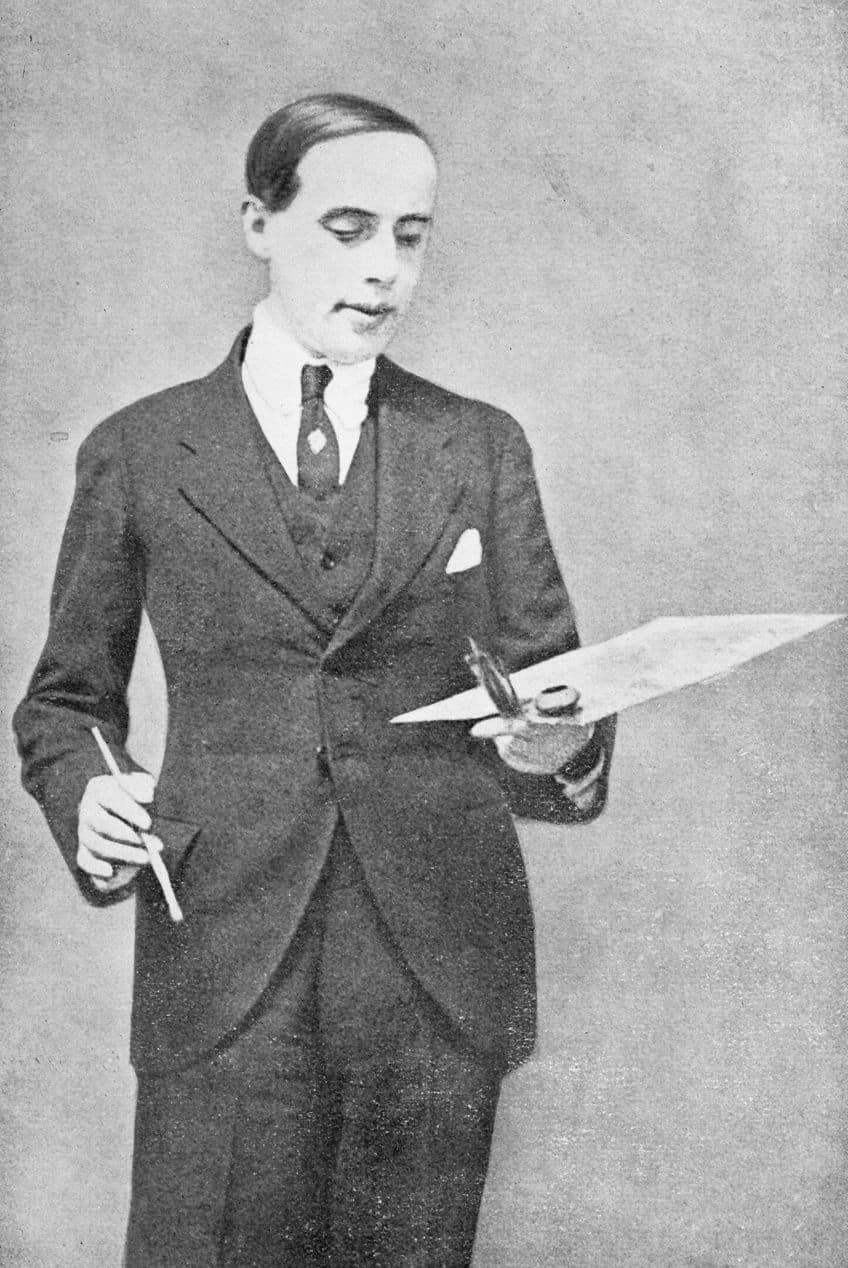
Performativity Explored Through Transgender Art
One notable example of performance art that explores the fluidity of gender is the work of Heather Cassils. Cassils is a gender-fluid performance artist who uses their own body to create powerful and challenging performances that expose the limitations of traditional gender roles. In their 2011 performance piece Becoming an Image, Cassils uses their body to explore the boundaries of gender, using bodybuilding and weightlifting to create a hyper-masculine figure that challenges traditional notions of femininity and masculinity.
Similarly, the work of performance artist Narcissister often employs the use of masks and costumes to explore the fluidity of gender identity.
In their 2018 performance piece “Organ Player,” Narcissister creates a surreal and playful world in which gender identity is malleable and constantly shifting. Through the use of costumes and props, Narcissister invites the audience to participate in the creation of their own gender identity, challenging the idea that gender is a fixed and immutable quality. In both cases, these artists use performance as a means of creating an immersive experience that challenges traditional gender roles and expectations. By highlighting the performativity of gender, they create a space for the reimagining and celebration of gender identity, allowing individuals to explore the complexities and fluidity of their own gender identity.
Performance Art Reimagines
Through performance, artists can create alternative spaces in which gender roles can be reimagined and challenged. This is particularly important for transgender and gender non-conforming individuals, who may feel trapped within the limited expectations of traditional gender roles. By using their own bodies and experiences as a means of exploring the complexities of gender, performance artists can create a space for the redefinition and celebration of gender identity.
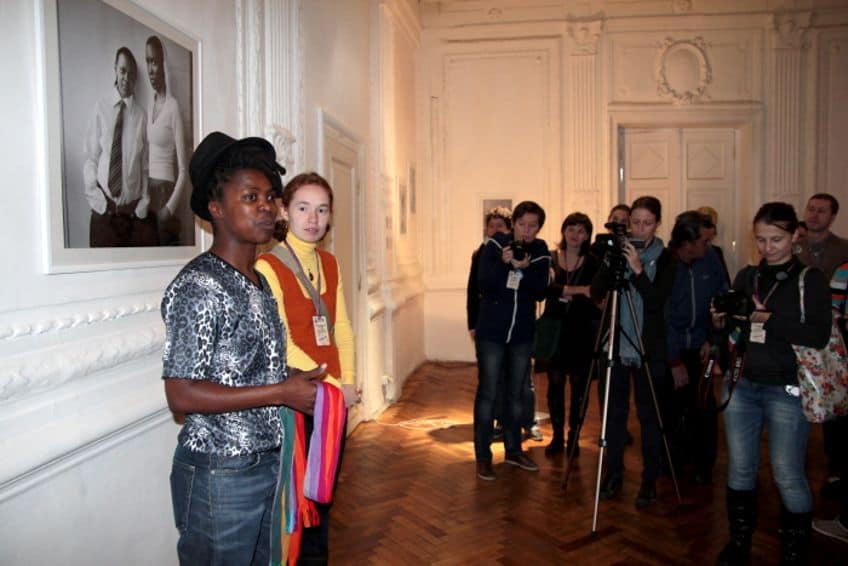
Popular Examples of Transgender Performance Art
Transgender performance art has played an important role in the struggle for LGBTQ+ rights and visibility. Through their powerful and often confrontational performances, transgender artists have challenged traditional gender norms and exposed the social and cultural constraints that limit the freedom and expression of transgender individuals.
In this article, we will analyze a few famous transgender performance art pieces that have helped to shape the contemporary art world.
The Transformation (1932) by Lili Elbe
| Artist | Lili Elbe (1894 – 1954) |
| Date of Artwork | 1932 |
| Medium | Photograph archive and personal notes |
| Dimensions (cm) | N/A |
| Where It Is Located | N/A |
Lili Elbe was a Danish transgender artist who is best known for her pioneering gender confirmation surgeries in the early 20th century. The Transformation is not a traditional performance piece, but a documentation archive that shows the process of Elbe’s transition, from the early stages of hormone therapy to the final surgery that would complete her transformation. It was later used as a base for the movie, Danish Girl (2015). The Transformation piece is both intimate and confrontational, as Elbe uses her own body to challenge traditional gender norms and explore the limits of medical and social definitions of gender.
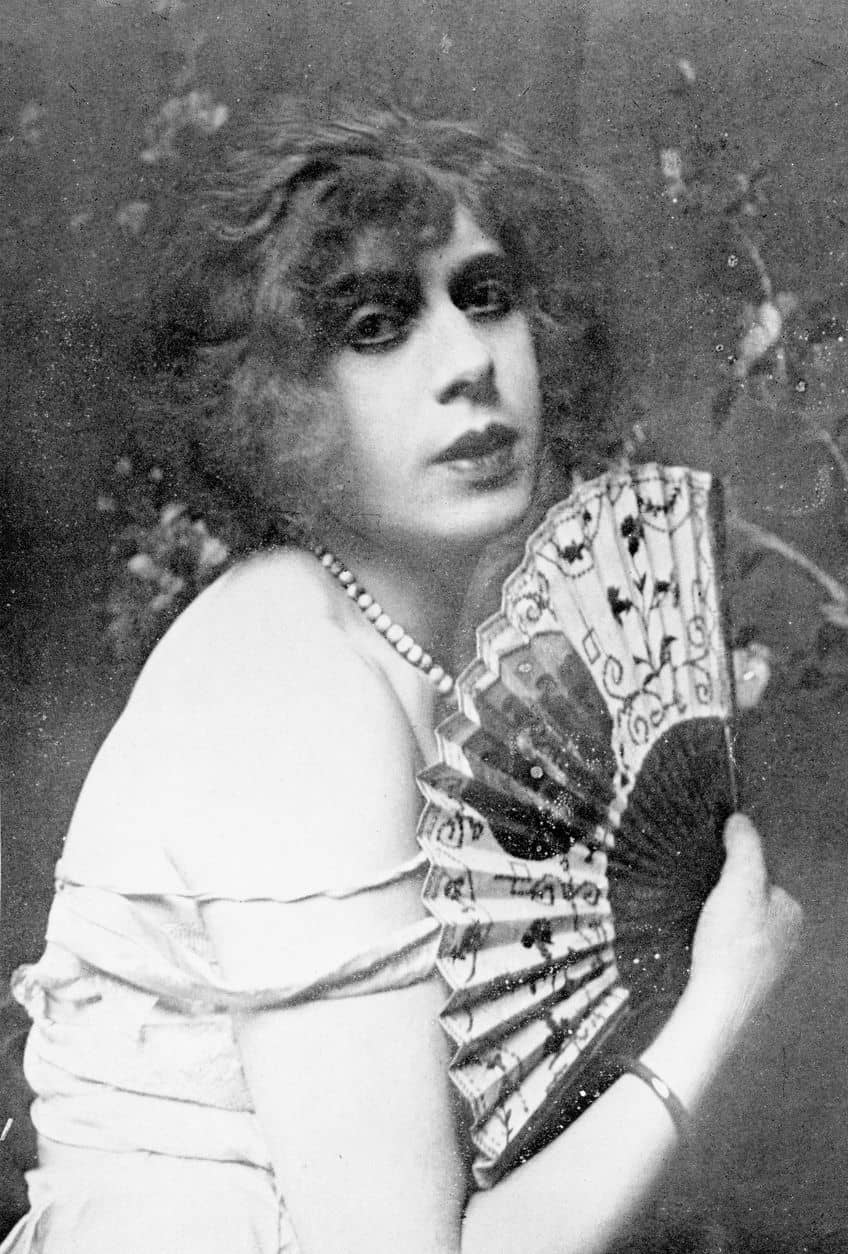
The Ballad of Sexual Dependency (1970 – 1980) by Nan Goldin
| Artist | Nan Goldin (1953 – Present) |
| Date of Artwork | 1970 – 1980 |
| Medium | Photograph slide show, sound, and spoken word |
| Dimensions (cm) | N/A |
| Where It Is Located | The Museum of Modern Art, New York City, United States |
Nan Goldin is a photographer and performance artist who is best known for her intimate and raw depictions of life in the LGBTQ+ community. The Ballad of Sexual Dependency is a performance piece that features a slideshow of Goldin’s photographs, set to a soundtrack of music and spoken word. The piece documents the lives of Goldin’s friends and lovers, many of whom were transgender or otherwise marginalized.
The piece is a powerful celebration of the beauty and resilience of the LGBTQ+ community, and a critique of the social and cultural constraints that limit their freedom and expression.

Split Britches (1980s) by Lois Weaver, Peggy Shaw, and Deb Margolin
| Artist | Peggy Shaw (1944 – Present), Lois Weaver (1949 – Present), and Deb Margolin (N/A) |
| Date of Artwork | 1980 – Present |
| Medium | Performance, live-art, and workshops |
| Dimensions (cm) | N/A |
| Where It Is Located | N/A |
Lois Weaver and Peggy Shaw are a feminist and queer performance duo who have been working together since the 1980s, when they started Split Britches with Deb Margolin. Split Britches is a performance piece that explores the complexities of gender and identity, using humor and satire to critique traditional gender norms and to celebrate the diversity and fluidity of the human experience. The piece is both challenging and accessible, using humor and satire to draw in audiences and expose the absurdity of traditional gender roles.
Tiresias (2011) by Cassils
| Artist | Cassils (1894 – 1954) |
| Date of Artwork | 2011 |
| Medium | Performance |
| Dimensions (cm) | N/A |
| Where It Is Located | N/A |
Cassils is an artist who utilizes their own body to investigate matters of gender and identity. Cassils’ art piece draws inspiration from Tiresias, the blind prophet of Thebes from the novel Hard Times, who underwent a gender transformation and lived as a female for seven years. During the performance, Cassils presses their naked body against an ice block that has been carved to resemble a neoclassical Greek male torso. A solitary beam of white light shining from above illuminates Cassils, and as the piece progresses, the heat of their body causes the ice to melt.
Viewers are permitted to walk around the plexiglass platform that supports Cassils and the ice sculpture, enabling them to see the performance from a variety of angles.
Additionally, the art piece has been transformed into a 15-minute video installation called Tiresias, which is projected onto floating plexiglass. The video contains two different shots: one featuring Cassils from the waist up, and the other providing close-ups of subtle changes, such as the formation of water droplets and reddening of Cassils’ skin. The background soundtrack for the video consists of bird songs, the sound of melting ice, and a vocal performance of Fran Schubert’s Winterreise, which is sung by Cassils’ brother Matthew Cassils, a trained opera singer who worked with designer Kadet Khuhne to create the sound design for Tiresias.
An Example of a Recent Transgender Art Exhibition
One notable exhibition that highlights the work of transgender artists is the 2018 exhibition Trigger: Gender as a Tool and a Weapon, presented by the New Museum in New York City. This exhibition featured the work of more than 40 artists who use their art to challenge traditional notions of gender identity and expression. One standout piece from the exhibition is Tourmaline’s Salacia, a video installation that explores the history and legacy of Black trans women in New York City. Through a combination of archival footage, poetry, and performance, Tourmaline highlights the vital contributions of trans women of color to the city’s cultural and social fabric.
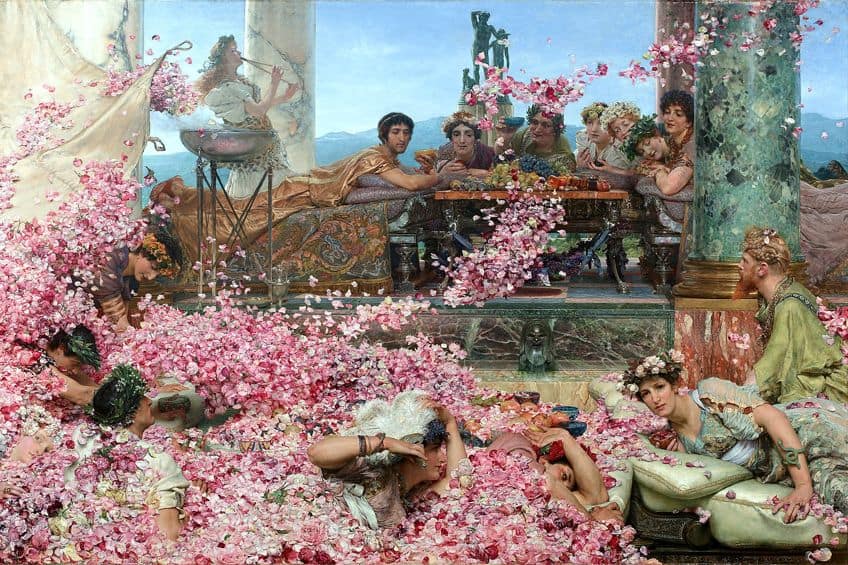
Another notable work is It’s My Pleasure to Participate, a sculpture by Zach Blas that explores the intersection of technology and gender identity. The sculpture features a high-tech, gender-neutral mask that the viewer can don and wear, challenging the traditional boundaries of gender expression and identity. Other artists featured in the exhibition include Wu Tsang, Paul Mpagi Sepuya, and Cassils, among others. Through a range of media, these artists highlight the rich and diverse experiences of transgender individuals, challenging the art world to engage with and celebrate the full spectrum of the human experience. The Trigger exhibition was a landmark event in the ongoing struggle for visibility and representation for transgender artists, and a powerful reminder of the transformative potential of art in creating a more inclusive and equitable society.
In conclusion, transgender art has emerged as a vital and powerful force in the art world, offering a platform for transgender individuals to tell their own stories and challenge traditional gender norms. From the work of Claude Cahun and Frida Kahlo, to contemporary artists like Del LaGrace Volcano and Marsha P. Johnson, transgender artists have created a diverse and complex body of work that reflects the lived experiences of transgender individuals and the broader struggles for LGBTQ+ rights and visibility. Through their work, transgender artists have not only provided a powerful critique of the limitations of traditional gender norms, but have also opened up new possibilities for understanding and celebrating the complexity of gender and identity. As we continue to grapple with questions of gender and identity in contemporary culture, transgender art will undoubtedly continue to play a vital and transformative role in shaping the future of the art world.
Frequently Asked Questions
What Is Queer Theory?
Queer theory is a field of study that emerged in the late 20th century and is concerned with the ways in which sexuality and gender are constructed and expressed in culture. It is an interdisciplinary approach that draws on a variety of fields, including sociology, anthropology, literary theory, and psychoanalysis, to examine the ways in which social norms and power structures influence the formation and expression of sexual and gender identities.
What Are the Links Between Trans Art and Queer Theory?
Overall, the connection between queer theory and transgender art is a strong one. Both seek to challenge traditional ideas about gender and sexuality, and provide a space for marginalized communities to tell their own stories, and challenge stereotypes and stigma. In our ongoing struggle with questions related to gender and self-perception in contemporary society, it is indisputable that innovative expressions by transgender individuals will remain a critical and groundbreaking force in guiding the trajectory of the art world.
Why Are Transgender Performances Transformational?
Transgender performance pieces offer a powerful and challenging critique of traditional gender norms, and a celebration of the diversity and fluidity of human experience. Through their work, transgender performance artists have helped to shape the contemporary art world and to challenge the social and cultural constraints that limit the freedom and expression of transgender individuals. As we persist in struggling with matters regarding gender and selfhood in modern society, it is certain that transgender creative expressions will continue to have a crucial and revolutionary function in influencing the direction of the artistic realm.
Why Is the Study of Trans Art Important?
The need for greater representation and visibility for transgender artists is a critical issue in the field of art history. By recognizing and engaging with the experiences and perspectives of transgender artists, the art world can begin to challenge its exclusionary practices and broaden its understanding of the world. It is only by actively engaging with the diversity of human experiences that the art world can begin to live up to its full potential as a transformative force in society.
How Has Performance Art Pushed Gender Roles?
Performance art has played a vital role in challenging traditional gender roles and expectations, allowing artists to explore the fluidity and complexity of gender identity. By highlighting the performativity of gender, artists can create alternative spaces in which gender roles can be reimagined and challenged, and offer a platform for transgender and gender non-conforming individuals to celebrate and explore their own identities.
Nicolene Burger is a South African multi-media artist, working primarily in oil paint and performance art. She received her BA (Visual Arts) from Stellenbosch University in 2017. In 2018, Burger showed in Masan, South Korea as part of the Rhizome Artist Residency. She was selected to take part in the 2019 ICA Live Art Workshop, receiving training from art experts all around the world. In 2019 Burger opened her first solo exhibition of paintings titled, Painted Mantras, at GUS Gallery and facilitated a group collaboration project titled, Take Flight, selected to be part of Infecting the City Live Art Festival. At the moment, Nicolene is completing a practice-based master’s degree in Theatre and Performance at the University of Cape Town.
In 2020, Nicolene created a series of ZOOM performances with Lumkile Mzayiya called, Evoked?. These performances led her to create exclusive performances from her home in 2021 to accommodate the mid-pandemic audience. She also started focusing more on the sustainability of creative practices in the last 3 years and now offers creative coaching sessions to artists of all kinds. By sharing what she has learned from a 10-year practice, Burger hopes to relay more directly the sense of vulnerability with which she makes art and the core belief to her practice: Art is an immensely important and powerful bridge of communication that can offer understanding, healing and connection.
Nicolene writes our blog posts on art history with an emphasis on renowned artists and contemporary art. She also writes in the field of art industry. Her extensive artistic background and her studies in Fine and Studio Arts contribute to her expertise in the field.
Learn more about Nicolene Burger and the Art in Context Team.
Cite this Article
Nicolene, Burger, “Transgender Art – Experiencing Gender Through Trans Art.” Art in Context. June 5, 2023. URL: https://artincontext.org/transgender-art/
Burger, N. (2023, 5 June). Transgender Art – Experiencing Gender Through Trans Art. Art in Context. https://artincontext.org/transgender-art/
Burger, Nicolene. “Transgender Art – Experiencing Gender Through Trans Art.” Art in Context, June 5, 2023. https://artincontext.org/transgender-art/.





